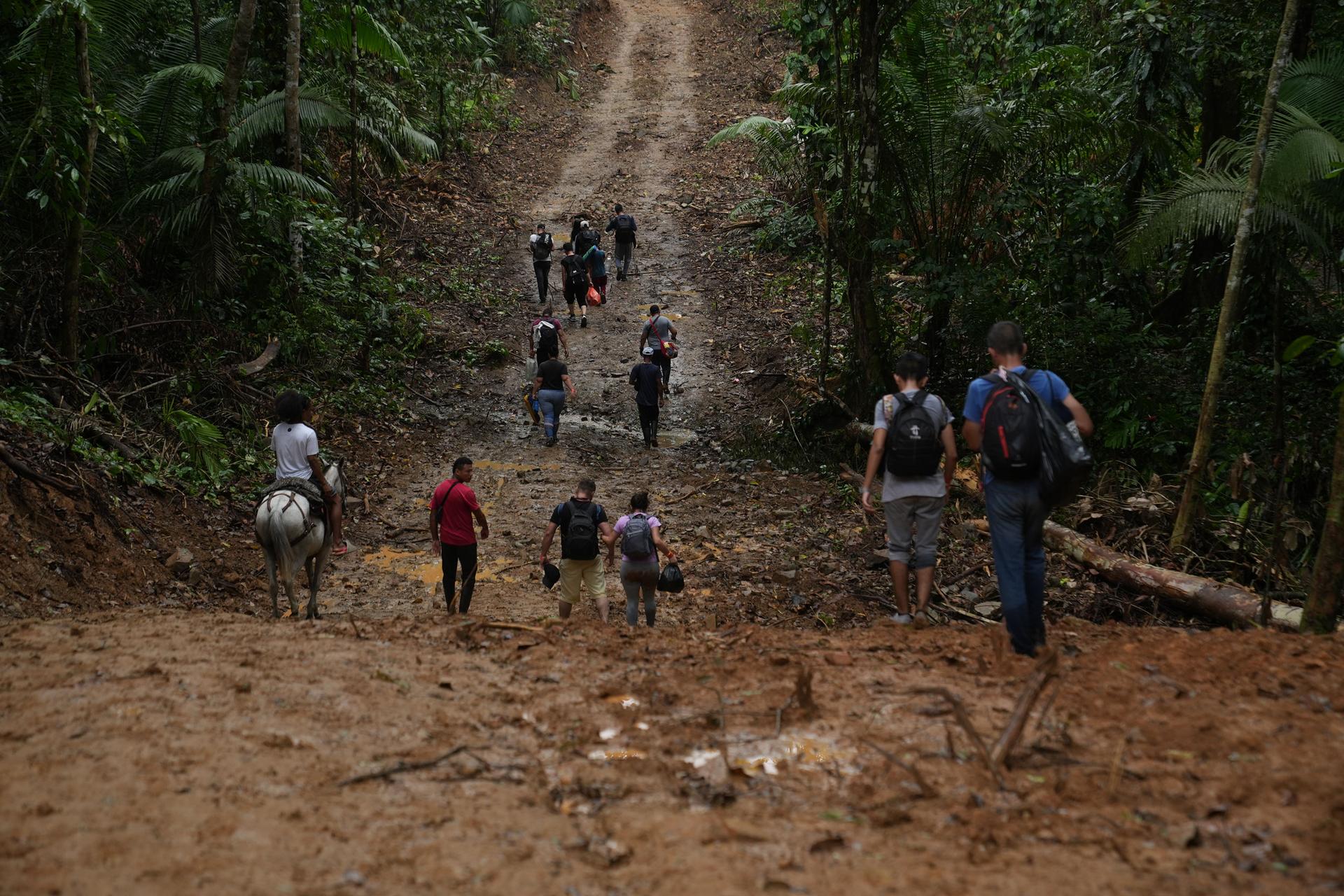Onelio Bravo led a comfortable life in the Venezuelan city of Maracaibo where he ran a small perfume business and also sold car parts.
But as Venezuela’s currency plummeted and it became harder to import goods, Bravo said his businesses went broke, forcing him to work at a bakery for about $3 a day. It was a hopeless way to make a living.
In April, Bravo decided to head to the United States with his 14-year-old son.
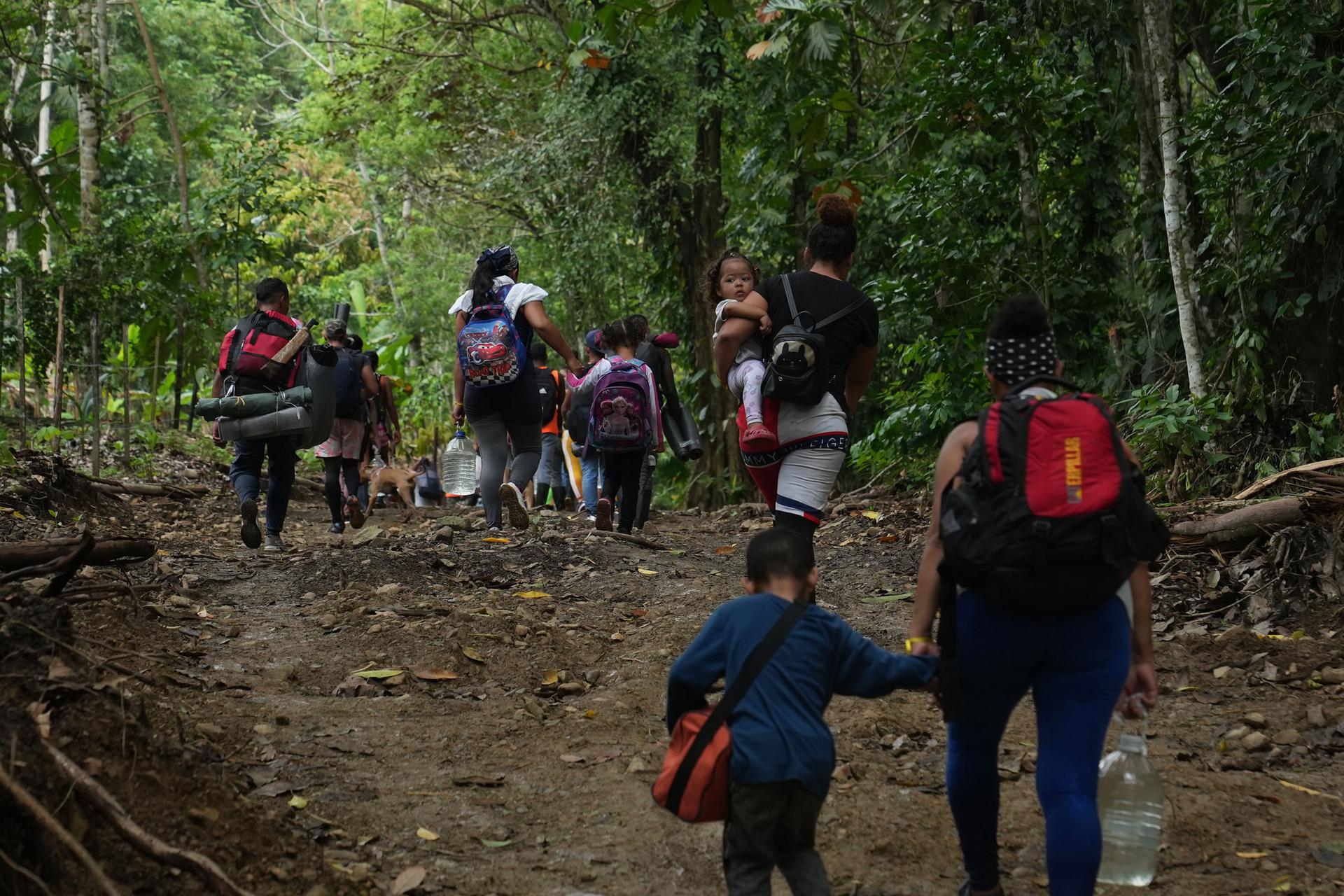
The father and son, facing many obstacles to acquire a visa, set out on the long journey north overland, joining thousands of migrants who are crossing the Darién Gap, a roadless swath of jungle that stands between South America and Central America.
“It’s unfortunate that we have to do this, but it’s for the future of our children,” Bravo said as he crossed a stream in the rainforest, nearly knee-deep.
“I’m worried that we will run out of food and money,” he said. “But we just need to trust in God and keep on going.”
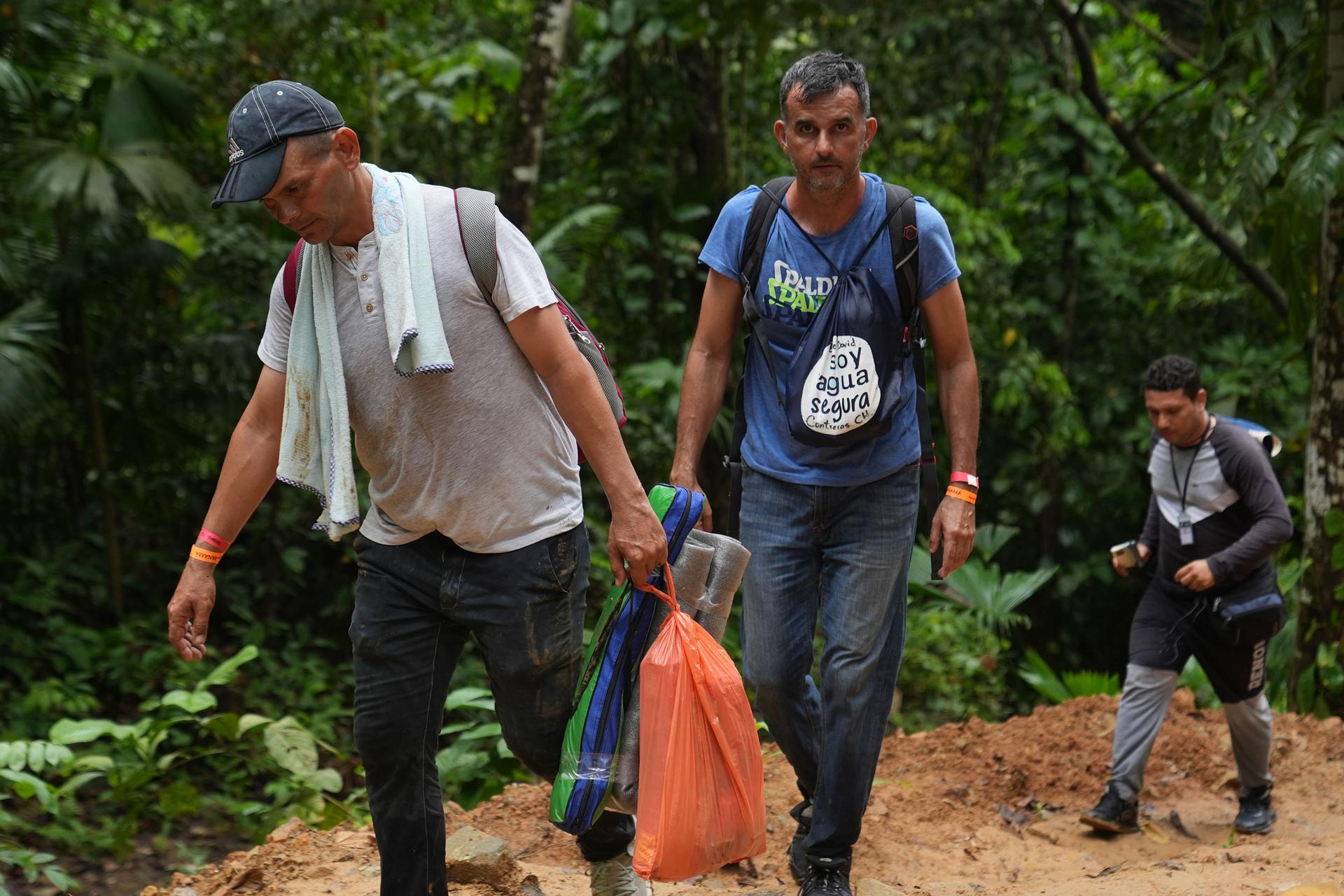
More than 100,000 migrants from South America, Africa and Asia have crossed the Darién Gap this year as they head to the United States.
The numbers of people trekking through this stretch of the jungle are increasing as the US lifts Title 42, a public health law that was used to reject hundreds of thousands of asylum-seekers during the pandemic.
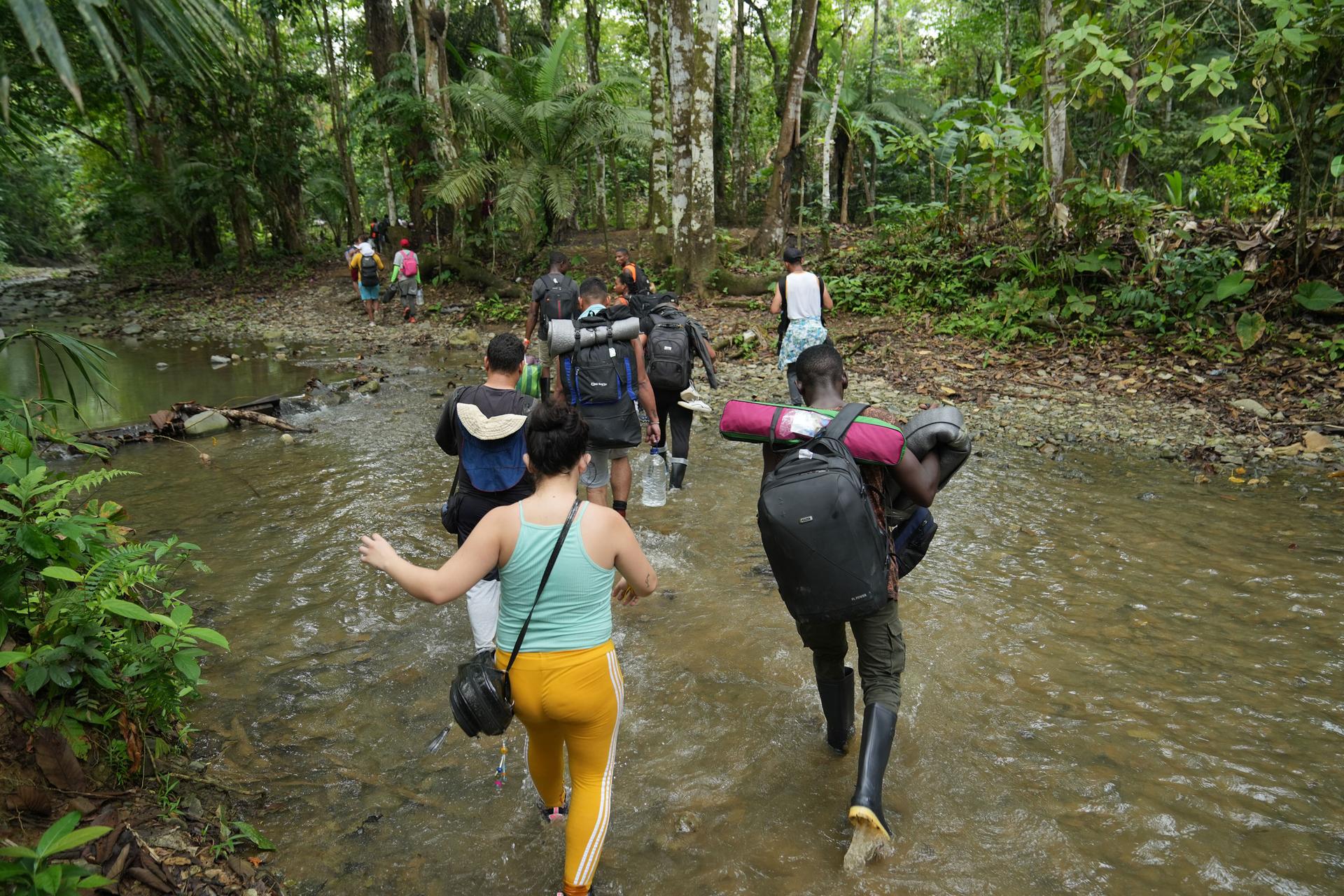
In Capurgana, a small town on the southern edge of the Darién, about 300 people are arriving each day to make the grueling trek across the jungle, which lasts three to four days.
About twice as many people also begin the trek each day in the neighboring town of Acandi, where they pay local guides hundreds of dollars to take them across the rainforest.
Maria Rangel was making the journey with her two children so that they could join their father, who traveled to the US at the beginning of last year. The family had been living in Ecuador, but they are originally from Venezuela.
“I was going to make this journey in October, but that’s when they started to reject Venezuelans,” using Title 42, she said.
“Now, it seems the border is open again, and they will let us reunite with our family.”
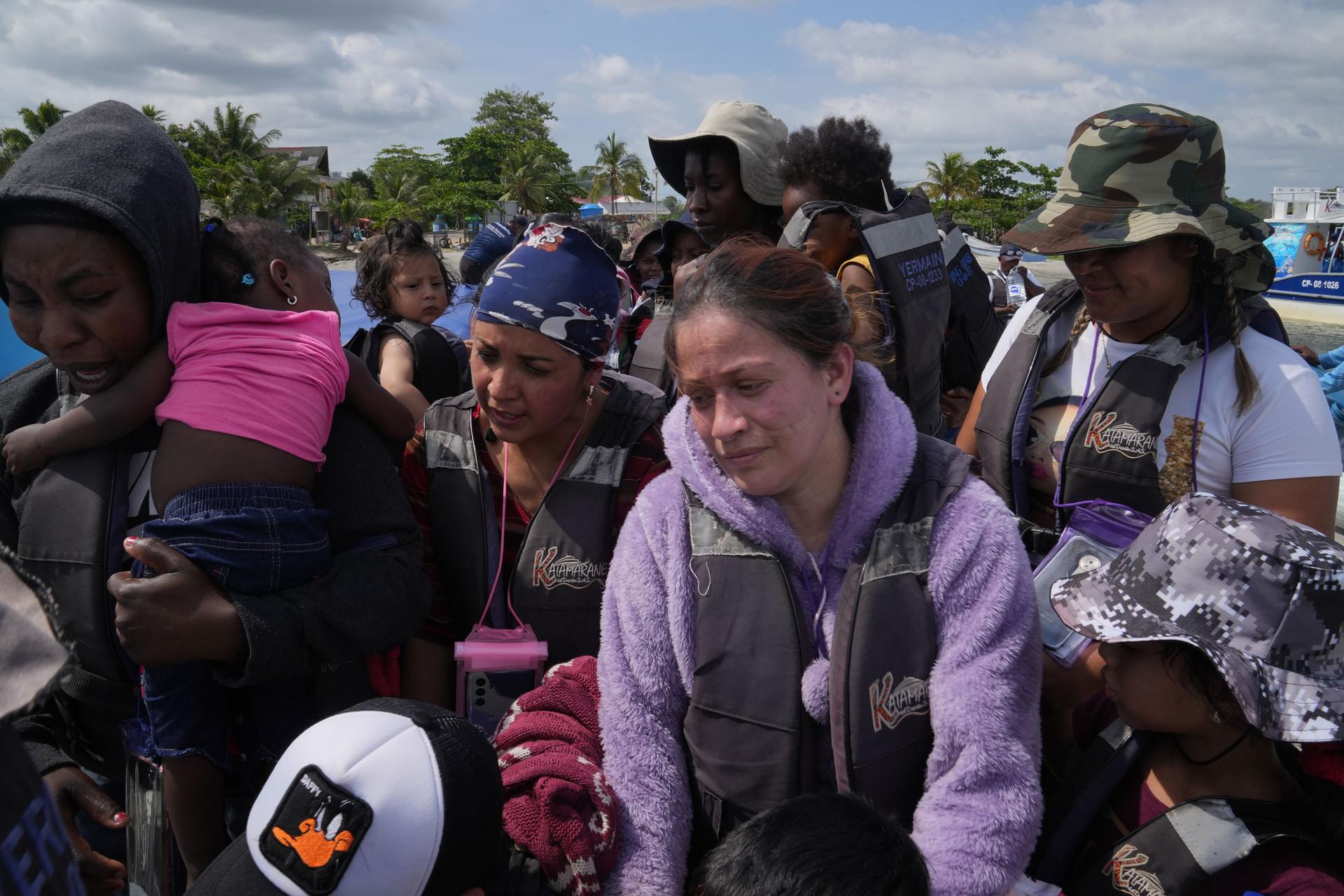
But US officials say it will not be so easy for migrants like Bravo or Rangel to claim asylum.
They’ve warned that there will be new procedures in place to deal with those who cross the border illegally, including express hearings, where migrants can be removed from the US if they fail to prove in phone interviews that their lives are in danger in their home countries.
Homeland Security Secretary Alejandro Majorkas also said that after Title 42 expires, penalties will be tougher for those who enter the US illegally and are found not to be in need of protection, and will include a five-year ban on admission to the United States.
“Those who arrive at our border and do not have a legal basis to stay will have made the journey often having suffered horrific trauma and having paid their life savings to the smugglers only to be quickly removed,” Mayorkas said in a press conference.
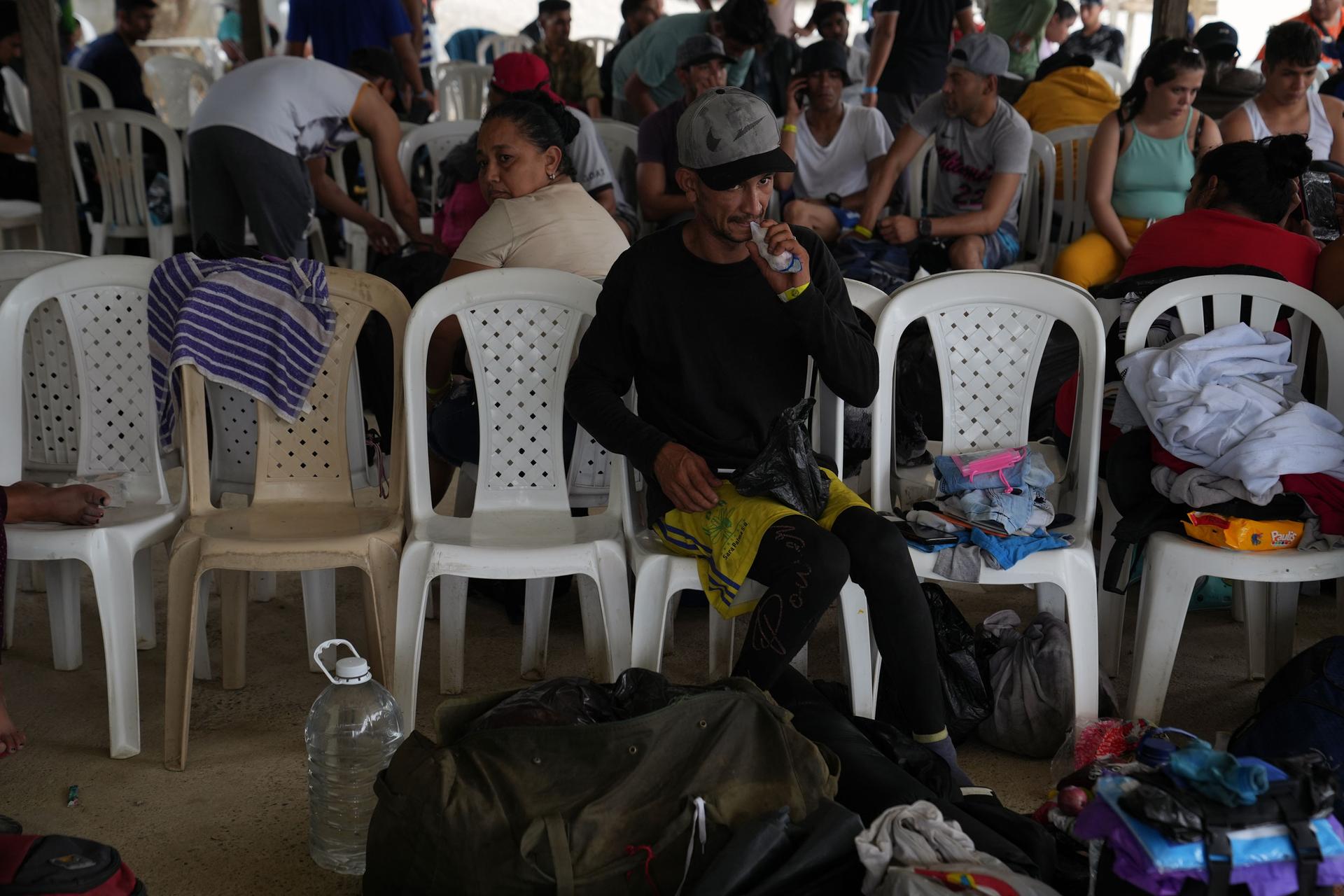
But as living conditions in many South American countries deteriorate, analysts expect migrants to continue to make the journey north across the Darién Gap as they try to reach the US border.
“What we see throughout the whole continent of Latin America is that there is dollar inflation so the capacity of a household to make ends meet has diminished,” said Bram Ebus, a researcher for the International Crisis Group, who studies immigration across the Darién.
“There’s also rising insecurity in countries like Ecuador, Chile and Colombia,” which is forcing many people to migrate, he said, as well as a global food crisis caused by the war in Ukraine.
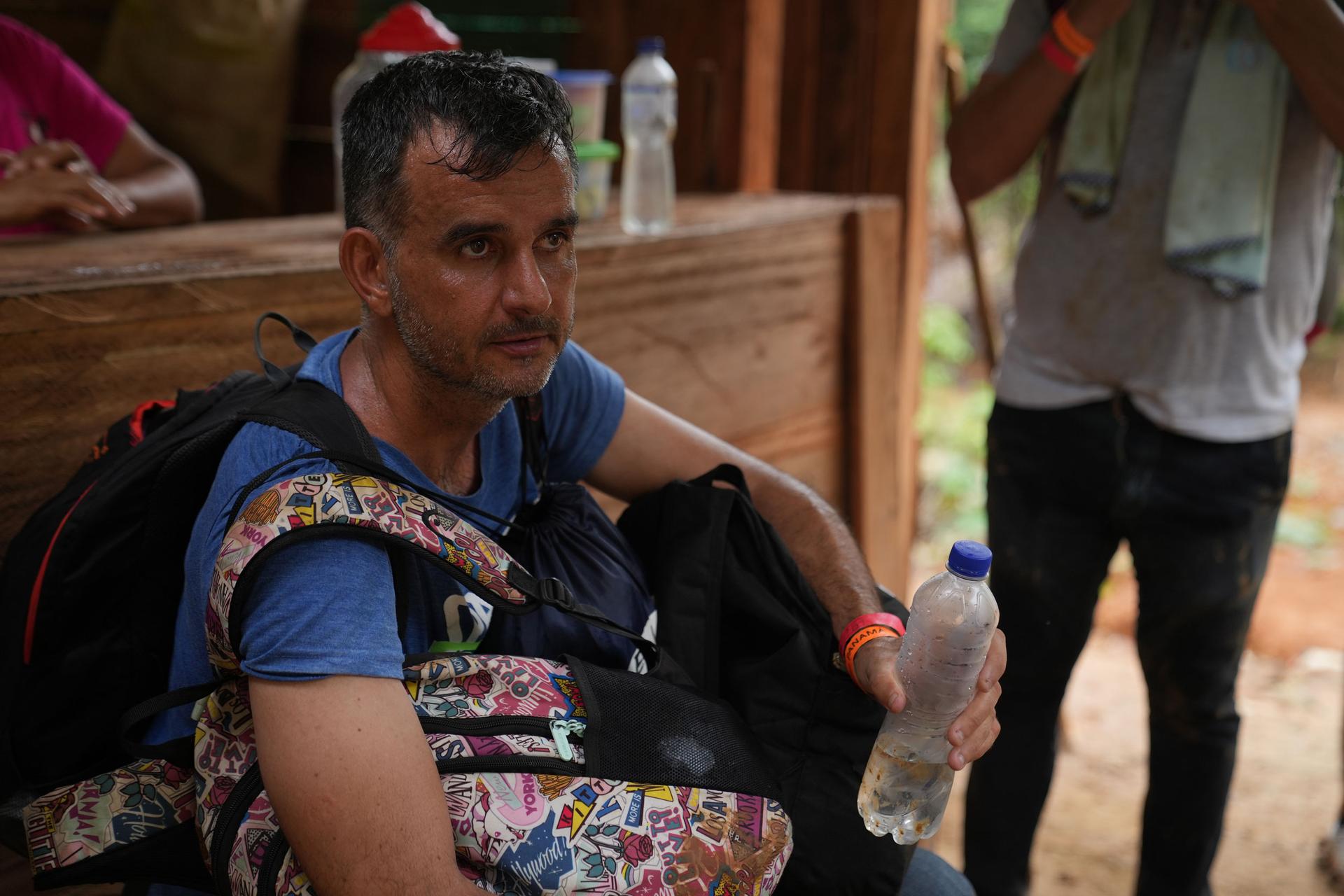
Recently, the US government has been trying to expand legal pathways for migrants to enter the country, so that they don’t cross the Darién jungle.
In April, the State Department announced it would open processing centers in Colombia where migrants from different countries who are en route to the US can apply for visas and entry permits.
But it’s still not clear when these centers will open. Or whether economic migrants — who make up a large number of those trying to cross the Darién — will even qualify for visas.
Meanwhile, nations north of the Darién Gap, like Mexico, are making it hard for many migrants to arrive on flights.
For many migrants from South America, Africa and Asia, making the dangerous trek across the Darién jungle is still the only way to reach the United States.
Venezuelan migrant Tiffany Villasmil was a hairstylist in Peru making about $200 a month. She said that with little money and no family in the US, there’s almost no way she can get a visa.
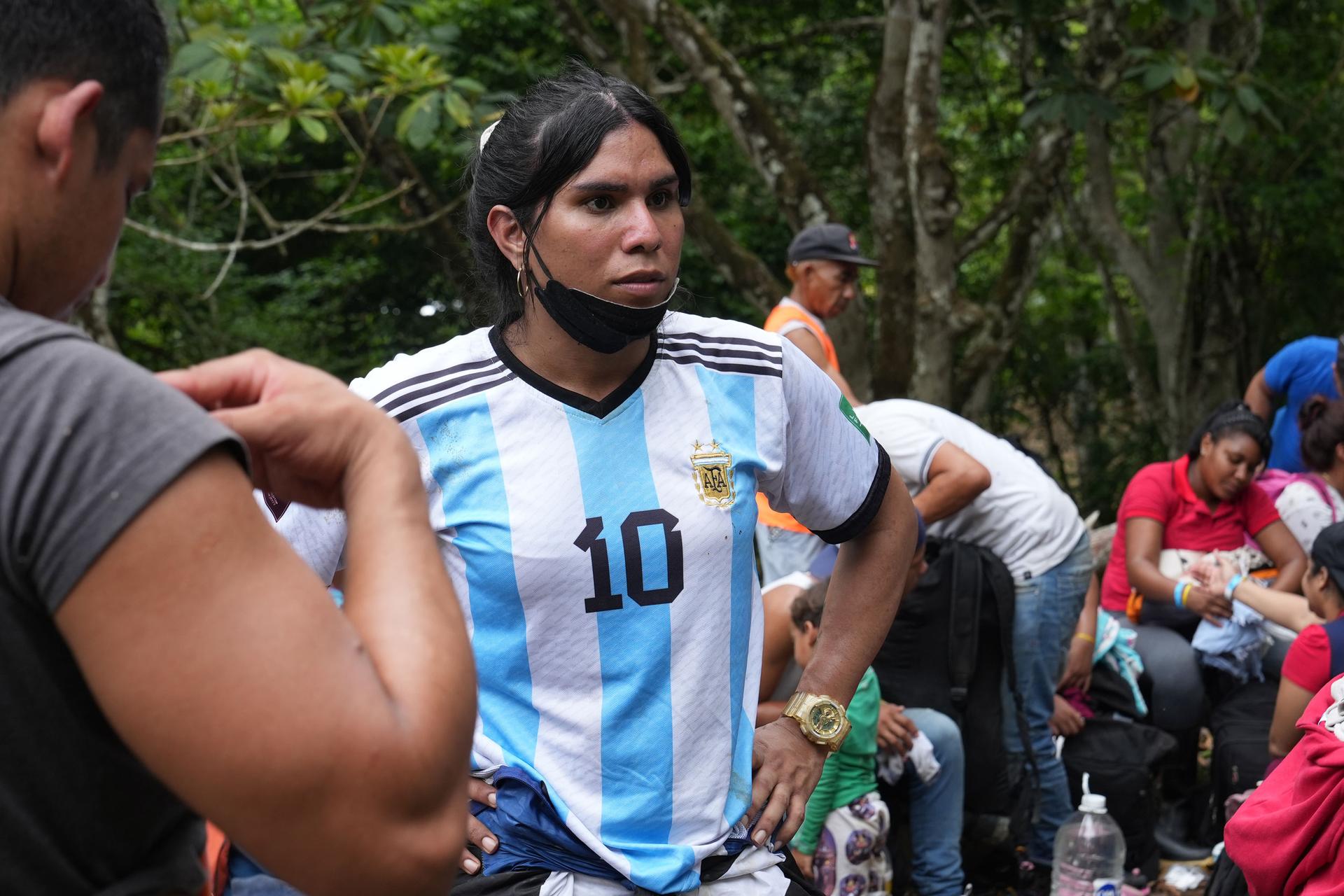
So, she packed her bags, hoped for the best, and joined a group that was trekking into the jungle with two guides dressed in orange vests.
“It would be great to have a visa, and travel on a plane,” she said.
“But we don’t have that opportunity, so we have to walk, and hope that eventually, we can help our families.”
